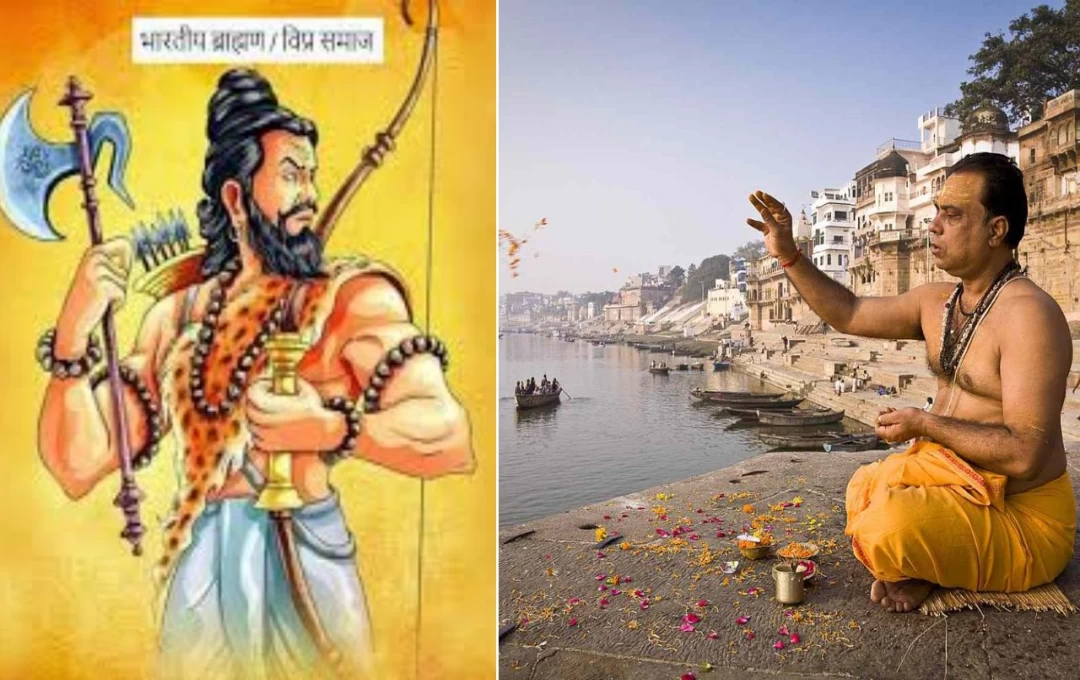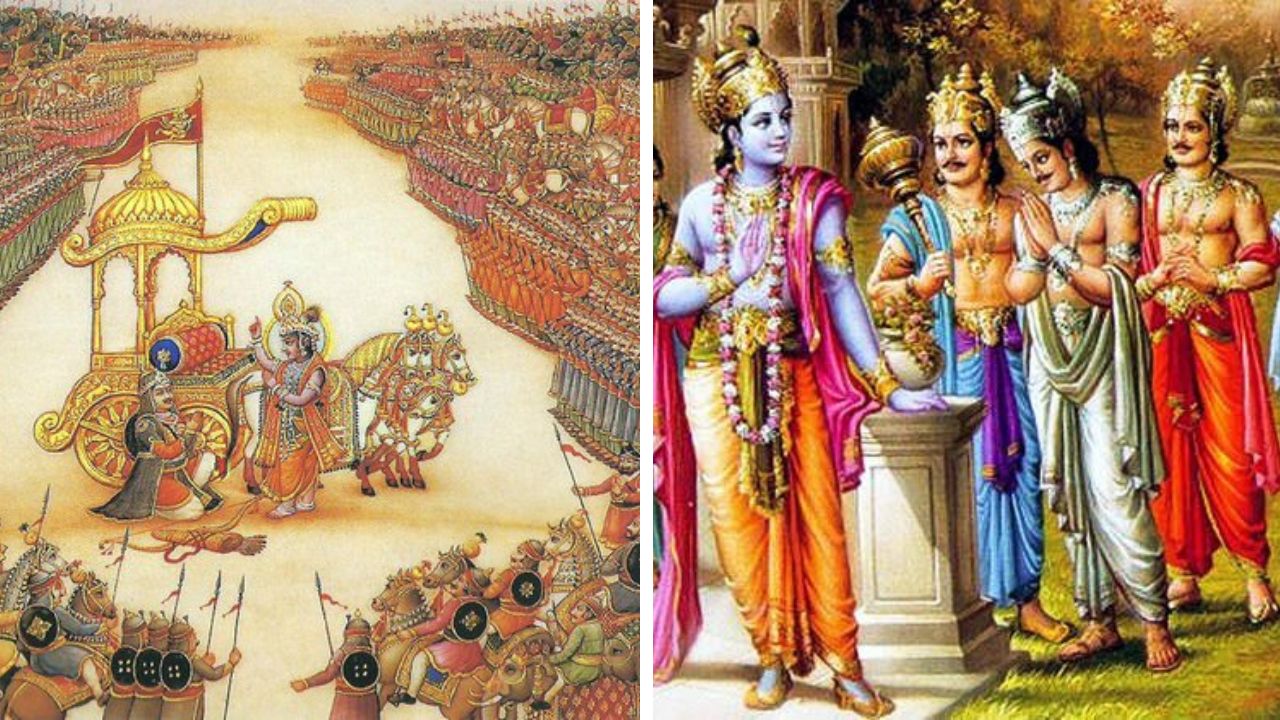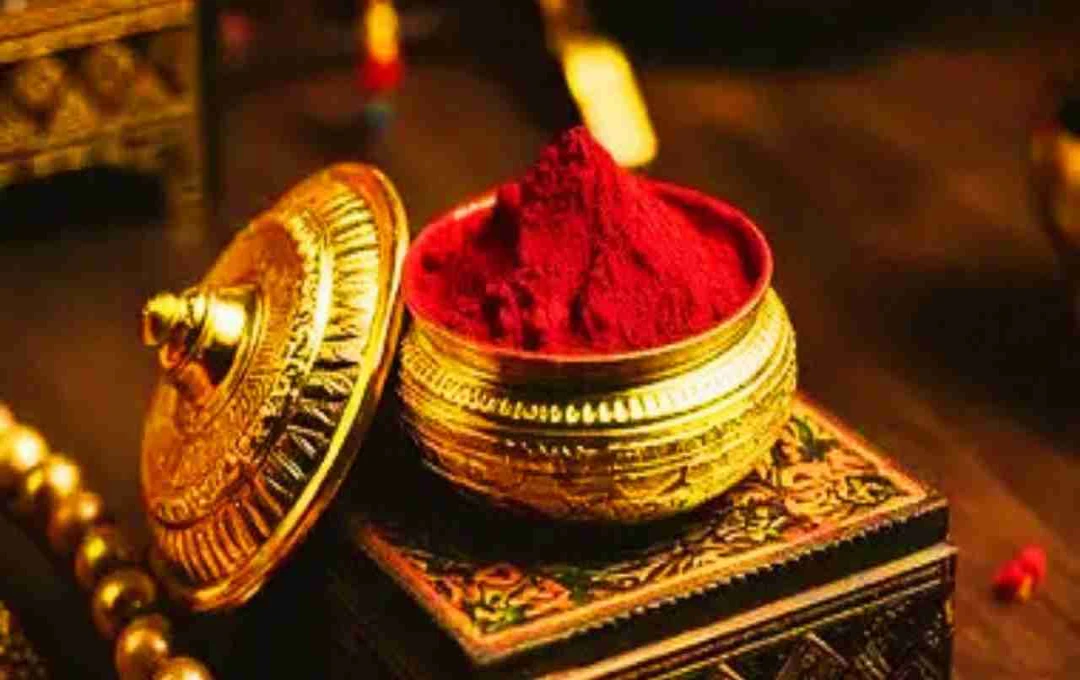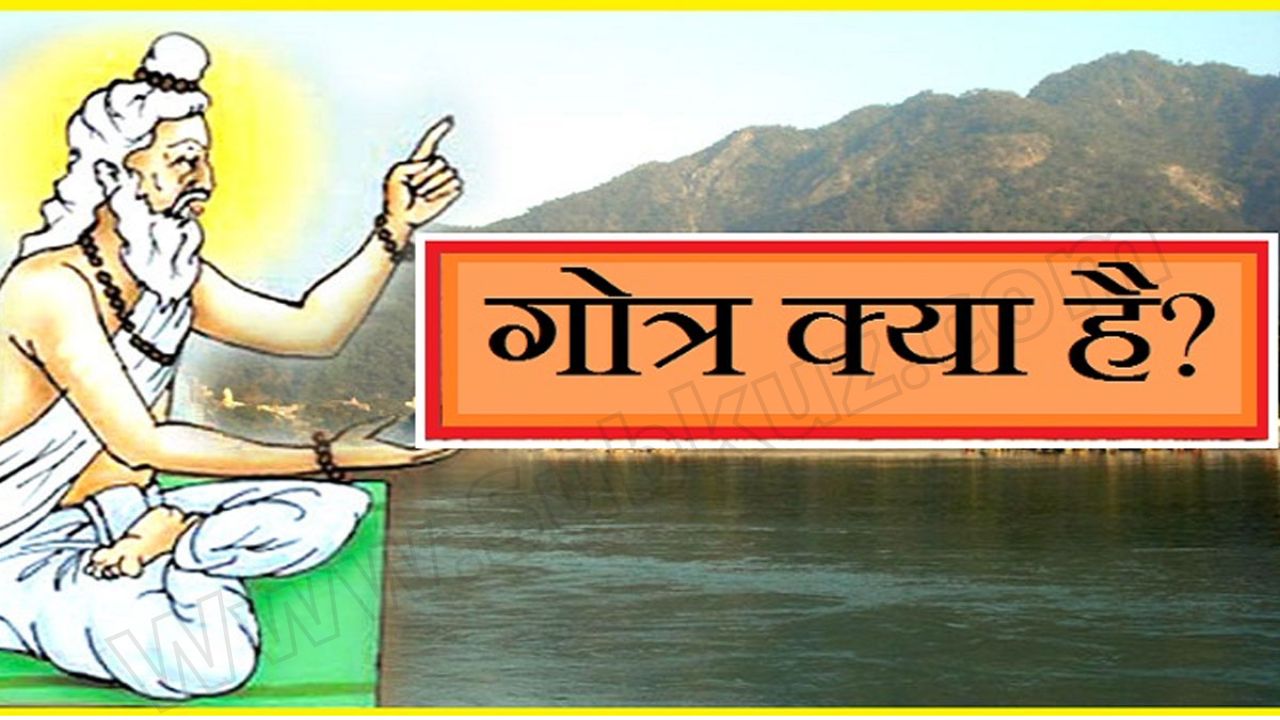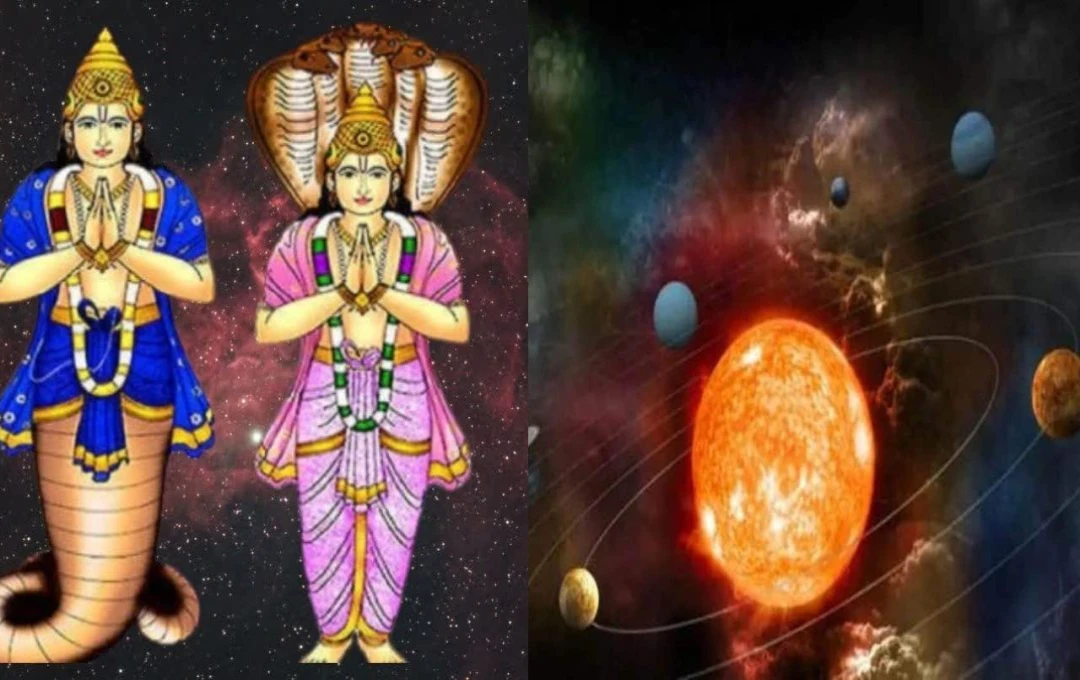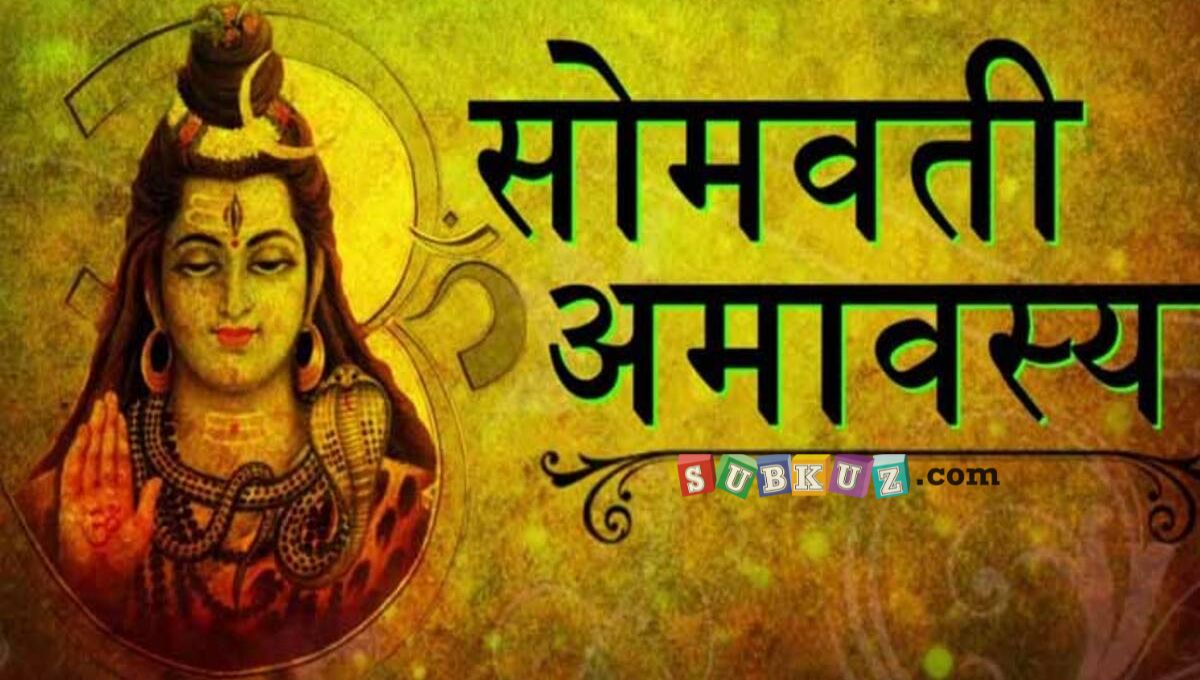Every year, on April 14th, when the Sun transitions from Pisces to Aries, this change is known as Mesh Sankranti. On this auspicious day, the Satuan festival is celebrated with great devotion in many states of North India, especially Bihar, Jharkhand, Purvanchal region of Uttar Pradesh, and Madhya Pradesh.
With the arrival of summer, the traditional echoes of the Satuan festival are once again heard in the rural areas of North India. The Sun's entry into Aries marks the end of Kharmas and the beginning of the solar new year. This festival is celebrated with reverence and joy in many parts of Bihar, Jharkhand, eastern Uttar Pradesh, and Madhya Pradesh.
Satuan Tradition: A confluence of faith, health, and culture
On this day, consuming cool and nutritious foods like sattu (roasted gram flour), raw mango, jaggery, yogurt, and bael sherbet is not only a part of tradition but is also considered a scientific way to adapt the body to the changing season. According to Pandit Prabhat Mishra, Satuan is not just a festival but a symbol of purity, coolness, and auspiciousness.
Commencement of Auspicious Events with Satuan
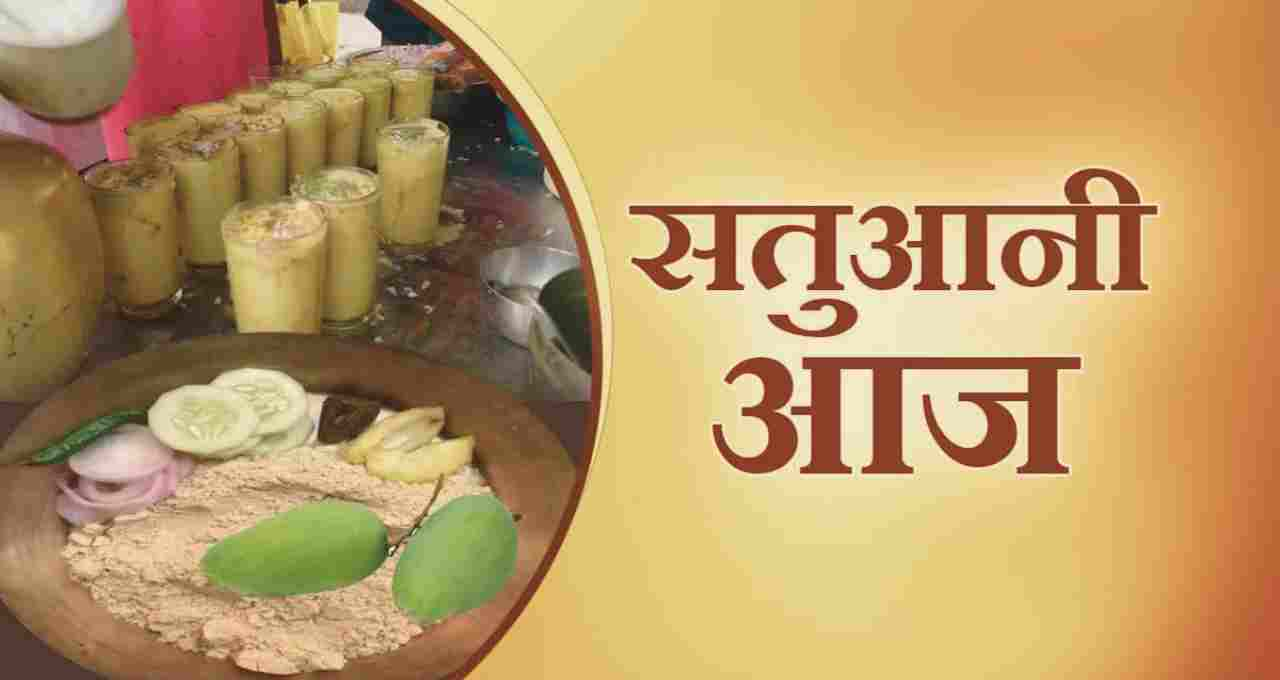
Auspicious events like marriages, housewarmings, and mundan ceremonies begin on Satuan. It is considered the most auspicious date religiously, as it is the first day after the conclusion of Chaitra Navratri when the position of the nine planets is considered favorable.
Special Importance of Worship, Tarpan, and Charity
People worship their Kul Devatas (family deities), perform Tarpan (ritual offering to ancestors), and donate cool food items like sattu, jaggery, and cucumber. In some rural areas, women follow the tradition of providing coolness to their children with water, while cleaning wells and ponds demonstrates social responsibility. Markets in cities like Muzaffarpur, Darbhanga, Gaya, Varanasi, and Sasaram are witnessing a surge in the sale of sattu made from chickpeas, barley, and maize. Vendors from Uttar Pradesh are doing a thriving business, with crowds thronging markets from Sunday night onwards, continuing into Monday.
Religious and Health Benefits of Sattu
• Sattu holds special significance on this day.
• Sattu made from wheat, barley, chickpeas, and maize is kept in an earthen pot with water.
• A raw mango piece is also placed alongside, and it is offered to God as a bhog (offering).
• This is then consumed by the entire family as Prasad (holy offering).
• Sattu is not only religiously important but is also considered beneficial for health. Consumption during summer provides coolness, protects against sunstroke, and keeps hunger at bay for a longer duration.
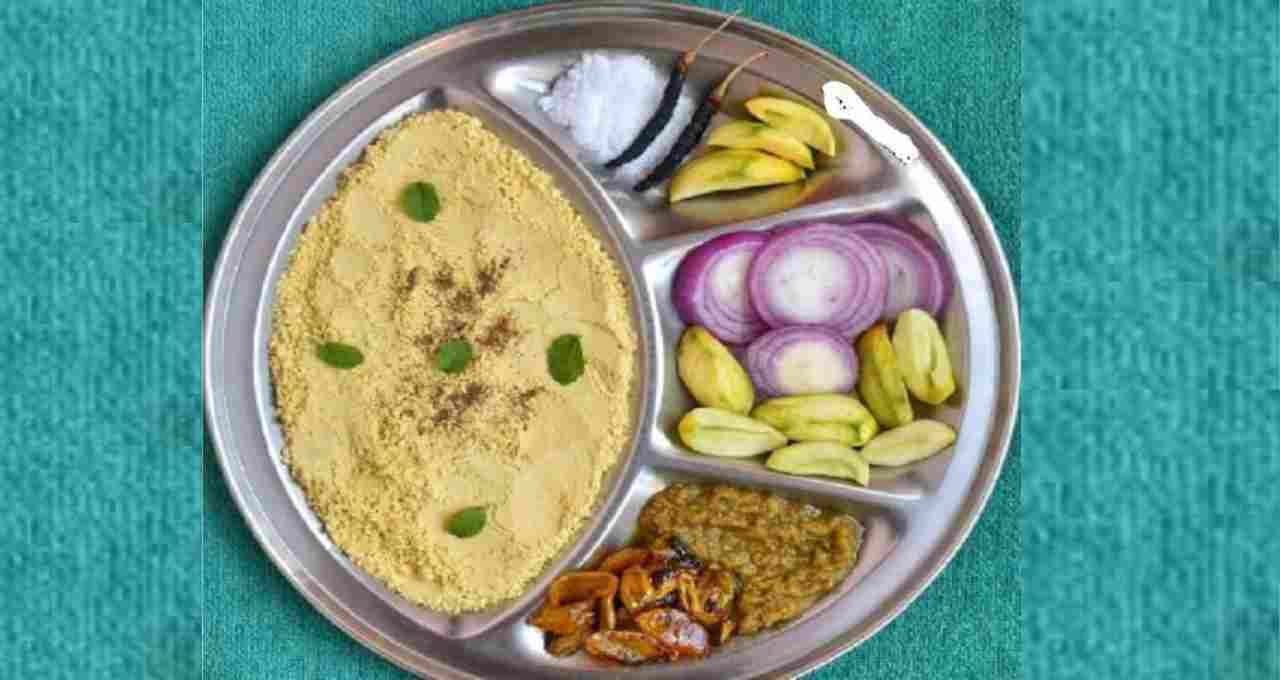
Mythological Beliefs and Folk Traditions
According to a mythological story, Lord Vishnu consumed sattu after defeating King Bali. Based on this belief, sattu is offered to gods and ancestors on this day. In Mithila, the fresh harvest of sattu and besan (gram flour) coincides with this festival, further enhancing its significance.
The day after Satuan, ‘Dhuralakh’ is celebrated. On this day, villagers collectively clean wells and water sources. Hearths are rested, and there is a tradition of preparing non-vegetarian food at night.


